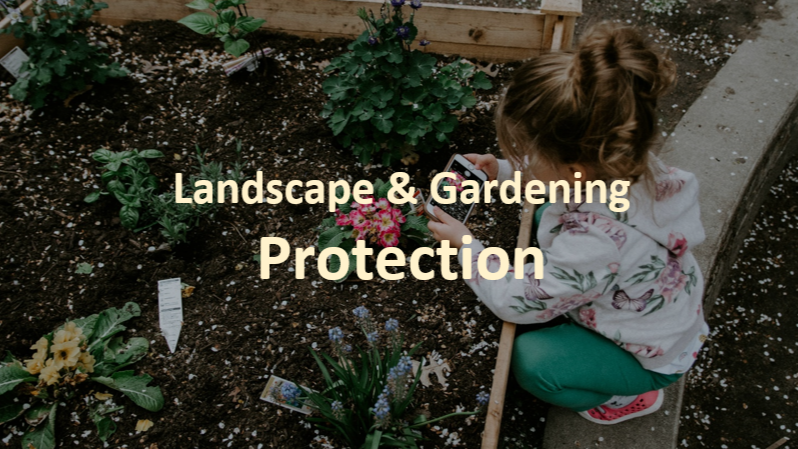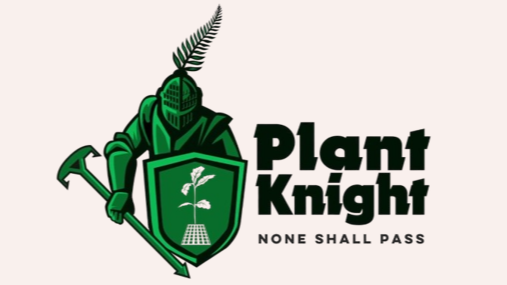Submit Your Innovation Directly To Companies
Resource Article
Topics
Enhancing Landscape Protection: Safeguarding Trees, Plants, and More from Common Threats

Submit Your Innovation Directly To Companies
The
beauty and functionality of landscaped spaces rely on a delicate balance of
carefully chosen plants, meticulously maintained features, and thoughtfully
integrated elements like landscape lighting. However, the integrity of these
investments is often threatened by common issues such as weed whackers, mowers,
and various critters. To preserve the aesthetic and health of landscapes, a
comprehensive protection strategy is essential.
The Crucial
Need for Comprehensive Landscape Protection
1.
Vulnerable Trees and Saplings
Young
trees and saplings are particularly susceptible to damage from mowers and weed
whackers. These machines can inadvertently cause injury to trunks and roots,
impeding growth and potentially leading to disease or pest infestations.
Additionally, the low-growing nature of saplings makes them a prime target for
damage from passing equipment, necessitating targeted protection measures.
2.
Precious Plants and Shrubs
Ornamental
plants and shrubs, especially those with delicate stems and foliage, can suffer
from the indiscriminate use of mowers and string trimmers. The mechanical
action of these tools can cause significant harm, including cutting through
stems, bruising leaves, and disrupting root systems. This damage not only
affects the plants' health but also detracts from the overall visual appeal of
the landscape.
3.
Landscape Lighting
Landscape
lighting, including fixtures and wiring, is another crucial element that can
fall victim to accidental damage. Mowers and weed whackers can easily strike
and damage these components, leading to costly repairs and interruptions in the
lighting scheme. Ensuring the protection of these elements is essential for
maintaining both the functionality and aesthetic appeal of the landscape.
4.
Varmints and Critters
Beyond
mechanical threats, landscapes are also vulnerable to damage from varmints and
critters. Animals such as rabbits, deer, and rodents can cause significant harm
by nibbling on plants, digging up roots, or even disturbing irrigation systems.
These natural threats require a strategic approach to safeguard both plant life
and landscape features.
Implementing
Effective Protection Strategies
1.
Physical Barriers
Physical
barriers, such as the #1 selling protection product on the market Plant Knight® , are one of the most
effective ways to protect vulnerable elements in a landscape. For trees and
saplings, tree guards or protective wraps can shield trunks from mechanical
damage and critters. Similarly, installing protective barriers around delicate
plants and shrubs can prevent accidental contact with mowers and weed whackers.
For landscape lighting, protective casings and well-planned placement can
reduce the risk of damage. Unlike
traditional guards that only protect the trunk of a tree, Plant Knight® offers complete 360° protection
by securing the entire plant with a clip and anchoring it with four stakes,
providing maximum protection for precious trees, saplings, plants, landscape
lights, and more.
Recommended solution - Plant Knight (click to buy)
2.
Strategic Landscape Design
Thoughtful
landscape design can minimize the risk of damage from maintenance equipment.
Positioning trees, shrubs, and lighting fixtures in areas less prone to direct
contact with mowers and trimmers can help reduce the likelihood of accidental
damage. Additionally, creating designated paths for equipment use can help keep
machinery away from sensitive areas.
3.
Regular Maintenance and Upkeep
Maintaining
and regularly inspecting landscape equipment can help prevent accidents and
extend the lifespan of both machinery and landscape features. Ensuring that
mowers and weed whackers are well-maintained and equipped with proper safety
features can reduce the risk of damage. Similarly, regular checks on landscape
lighting and protective barriers can help identify and address potential issues
before they become significant problems.
4.
Integrated Pest and Wildlife Management
Implementing
integrated pest and wildlife management strategies can help protect plants from
critters and varmints. This may include using natural deterrents, installing
fencing or netting, and employing habitat management techniques to reduce the
attractiveness of the landscape to wildlife. For instance, using predator
scents or repellent plants can help keep herbivores at bay.
5.
Education and Training
Educating
landscape maintenance professionals and property owners about the importance of
protecting landscape features can foster more conscientious practices. Training
sessions on safe equipment use, damage prevention, and proper maintenance
techniques can help minimize the risk of accidental harm to trees, plants, and
landscape components.
Conclusion
The
need for comprehensive protection in the landscape industry is undeniable. By
addressing the threats posed by weed whackers, mowers, varmints, and critters,
and implementing effective strategies, we can safeguard precious trees,
saplings, plants, and landscape features. A holistic approach that includes
physical barriers such as Plant Knight®,
strategic design, regular maintenance, pest management, and education will
ensure the longevity and beauty of landscaped spaces, preserving their value
and appeal for years to come.

Submit Your Innovation Directly To Companies